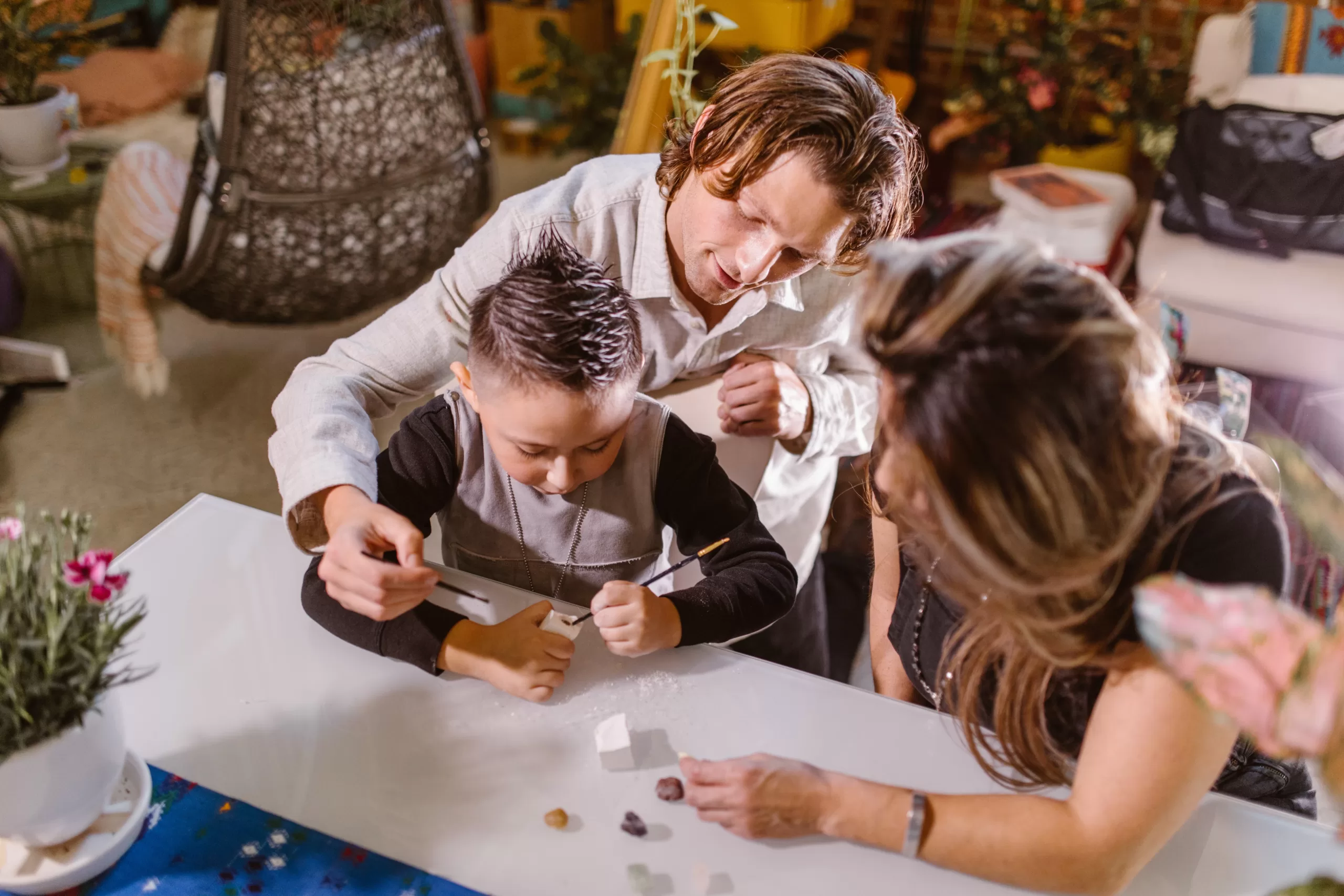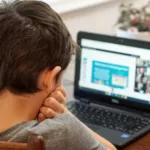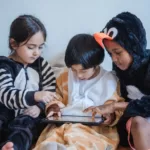As a parent, watching your child create and learn is one of the most rewarding experiences. In the realm of digital creativity, Scratch programming stands out as a fantastic platform for young minds to explore, create, and express themselves. Developed by MIT, Scratch is a beginner-friendly, block-based visual programming language meticulously and specifically designed to teach coding to children as young as four years old and make programming accessible to children of all ages. Beyond just coding, showcasing your child’s Scratch projects can play a vital role in building their confidence and skills. Let’s dive into how you can make the most of this opportunity.
1. Celebrate Every Achievement
Every Scratch project, big or small, is a milestone in your child’s learning journey. Acknowledge their effort and creativity by celebrating each completed project. You could have a special ‘project presentation’ evening where your child demonstrates what they’ve made. This not only boosts their confidence but also shows them that their work is valued.
2. Create a Digital Portfolio
A digital portfolio is an excellent way for your child to keep track of their progress and achievements. Encourage them to upload their Scratch projects to a personal blog or a dedicated portfolio website. This not only serves as a digital keepsake of their learning journey but also helps them understand the importance of organizing and curating their work.
3. Participate in Online Scratch Communities
Scratch has a vibrant online community where children can share their projects and receive feedback from peers across the globe. Encourage your child to participate in these communities. Receiving constructive feedback and appreciation from others can greatly enhance their confidence and motivate them to improve.
4. Encourage Collaborative Scratch Projects
Collaboration is key in both learning and confidence-building. Encourage your child to work on projects with friends or classmates. This could be as simple as creating a game together or participating in online challenges. Collaborative projects teach valuable skills like teamwork, communication, and problem-solving.
5. Integrate Scratch Projects with School Work
Incorporate Scratch projects into your child’s school work. If they’re learning about a specific topic in school, ask them if they’d like to create a Scratch project related to that topic. This not only helps reinforce their learning but also allows them to showcase their skills in a formal setting, boosting their academic confidence.
6. Encourage Exploration of New Ideas
Encourage your child to explore new and complex ideas in their Scratch projects. This could involve learning new coding concepts or integrating other subjects they are passionate about, like art or music, into their programming. This kind of exploration fosters creativity and confidence in their ability to learn and apply new things.
Conclusion
Showcasing your child’s Scratch projects is about more than just celebrating their coding skills. It’s about encouraging a growth mindset, fostering creativity, and building confidence. As parents, our support and enthusiasm for their projects can make a significant impact on their learning journey. So, let’s start celebrating their achievements, one Scratch project at a time!






